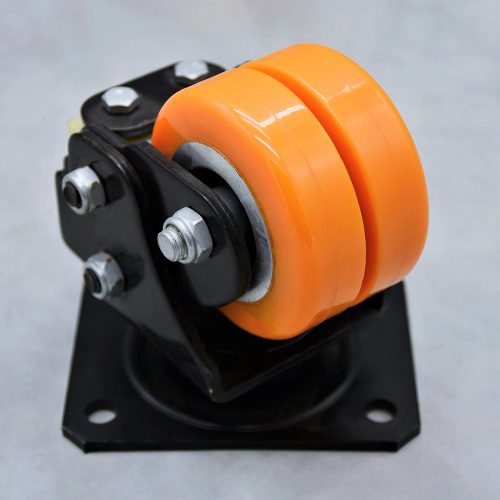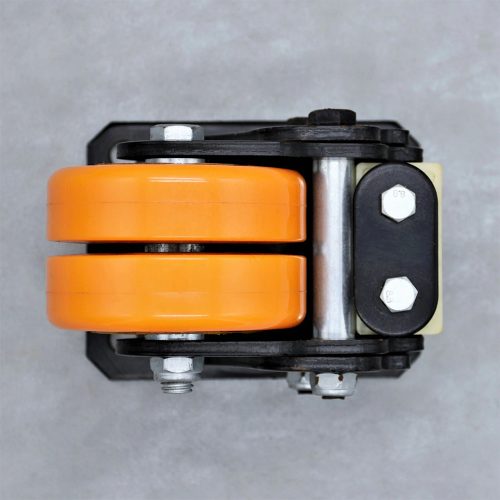Introduction: Spring-loaded casters are critical components in many applications, and their proper maintenance is essential for ensuring smooth and efficient operations. In this comprehensive guide, we will delve into the key aspects of maintaining and troubleshooting spring-loaded casters, helping you extend their lifespan and minimize downtime.
- Regular Inspection: Routine inspection is the foundation of caster maintenance. Check for signs of wear and damage, including loose fasteners, worn wheels, and damaged bearings. Regular inspections help identify issues early, preventing potential problems from escalating.
- Cleaning: Keep your spring-loaded casters clean and free from debris. Dust, dirt, and debris can accumulate on wheels and bearings, affecting performance. Clean the casters regularly using a soft brush, compressed air, or a damp cloth.
- Lubrication: Proper lubrication is crucial for caster longevity and smooth operation. Apply lubricant to the wheel bearings and swivel joints as recommended by the manufacturer. Ensure you use the correct type of lubricant for your specific caster.
- Tightening Fasteners: Loose fasteners can lead to caster instability. Periodically check and tighten all bolts, nuts, and screws to maintain the caster’s structural integrity. Ensure that the fasteners are properly secured.
- Wheel Replacement: Worn or damaged wheels should be replaced promptly. Look for flat spots, uneven wear, or cracks in the wheels. Wheel replacement is a cost-effective way to ensure the caster’s optimal performance.
- Load Capacity: Always adhere to the caster’s load capacity. Overloading the caster can lead to premature wear and decreased performance. Ensure the casters are used within the recommended load limits.
Troubleshooting:
- Uneven Rolling: If the caster experiences uneven rolling or wobbling, it may be due to damaged or misaligned wheels. Inspect the wheels for damage, replace as necessary, and ensure proper alignment.
- Noise: Excessive noise during caster operation can be caused by worn or damaged bearings. Lubricate or replace the bearings to eliminate the noise.
- Difficulty in Swiveling: If the caster has difficulty swiveling or turning, it may be due to debris or foreign objects obstructing the swivel mechanism. Clean and remove any obstructions.
- Wheel Locking: If the caster’s wheels lock up, check for obstructions or foreign objects in the wheel path. Clean and remove any debris. If the problem persists, inspect the swivel mechanism and bearings for damage.
- Caster Drift: Caster drift occurs when a caster does not maintain a straight path. Ensure that the wheels are not misaligned and that the swivel mechanism is functioning correctly. If the issue continues, it may be necessary to replace the caster.
Conclusion: Proper maintenance and troubleshooting of spring-loaded casters are essential for ensuring their longevity and optimal performance. Regular inspection, cleaning, lubrication, and adherence to load capacity guidelines can help prevent issues. When troubleshooting, address problems promptly to minimize downtime and maintain efficient operations. By following this comprehensive guide, you can extend the life of your spring-loaded casters and keep your equipment and applications running smoothly.


